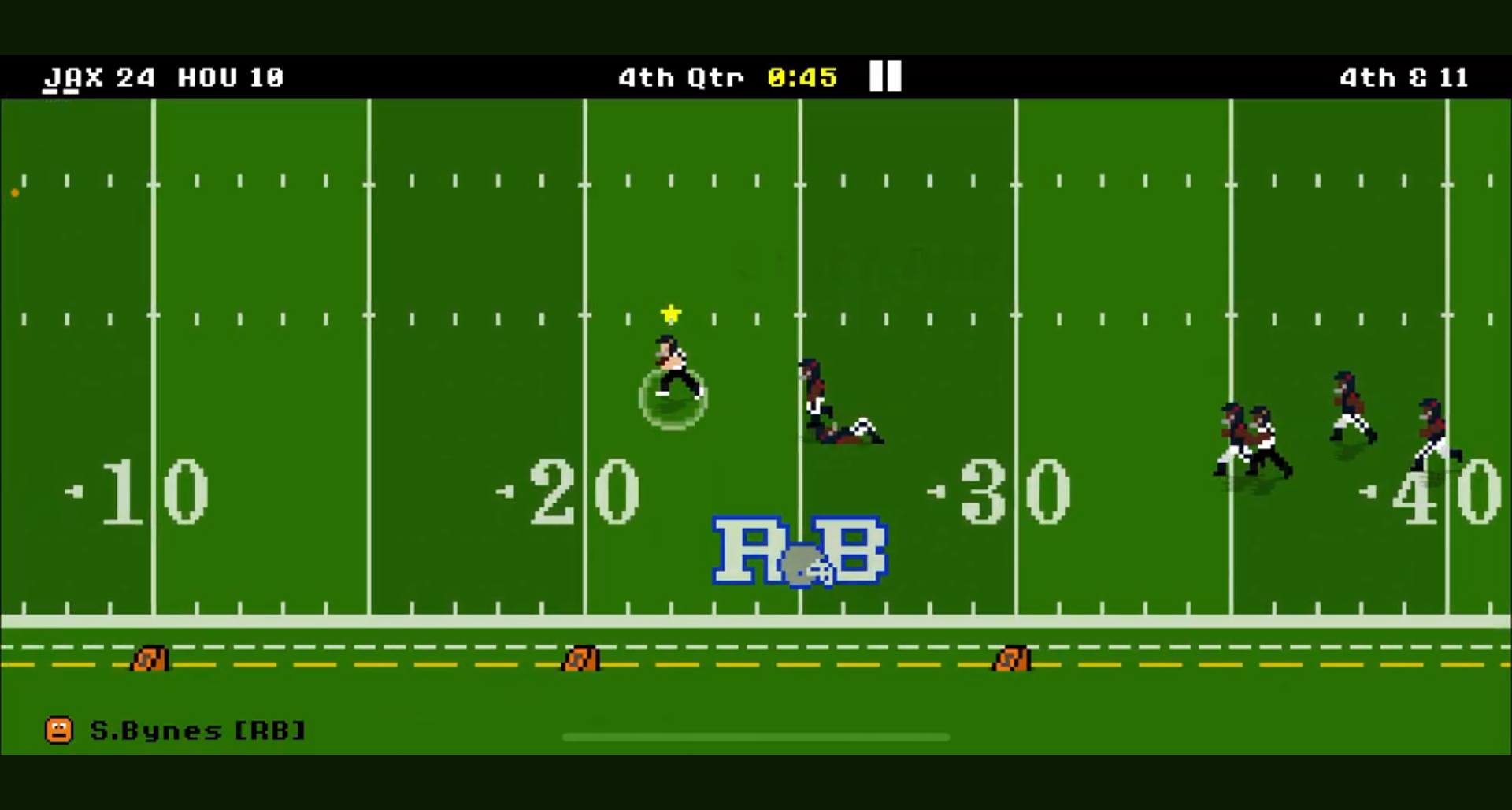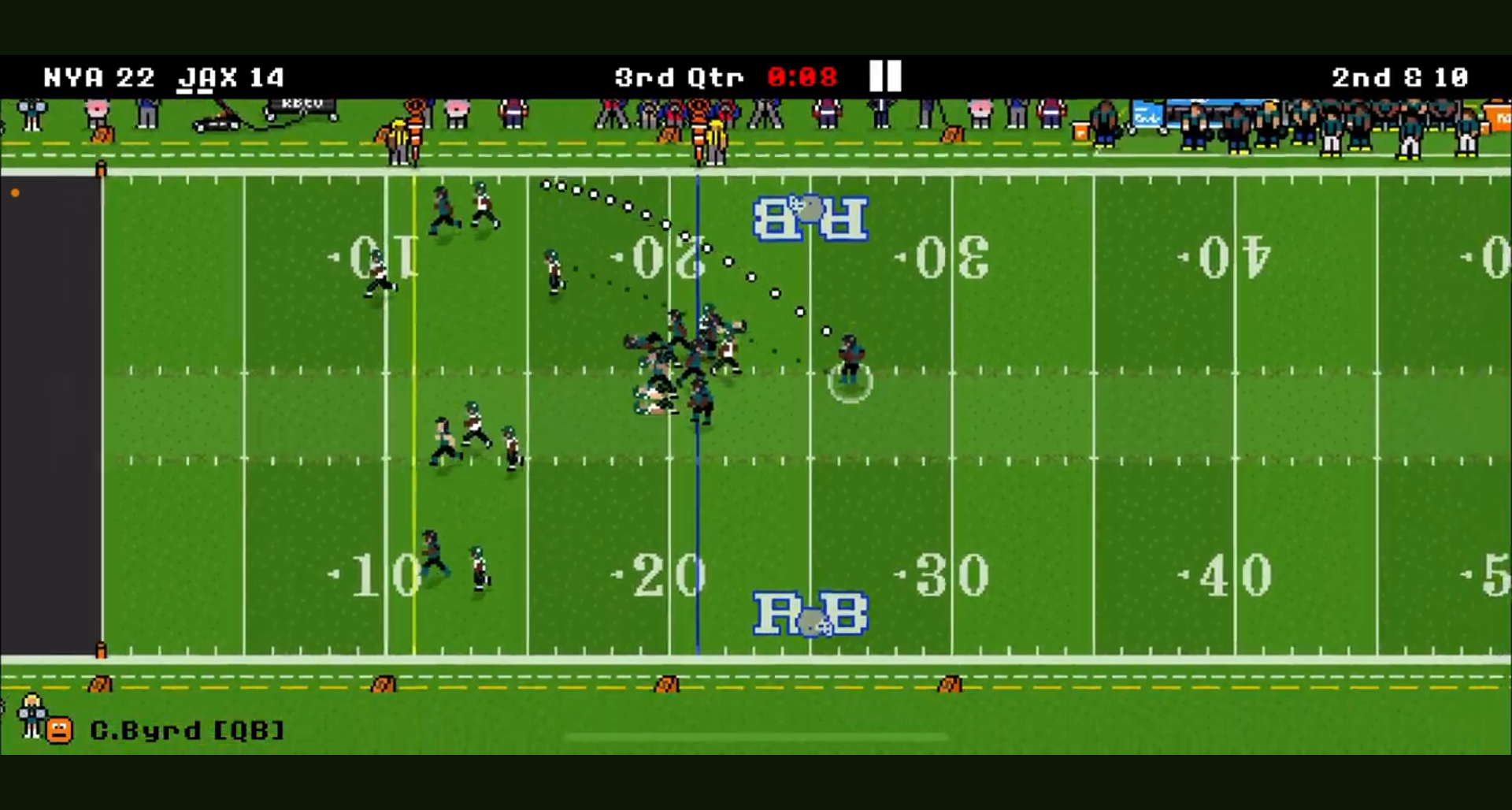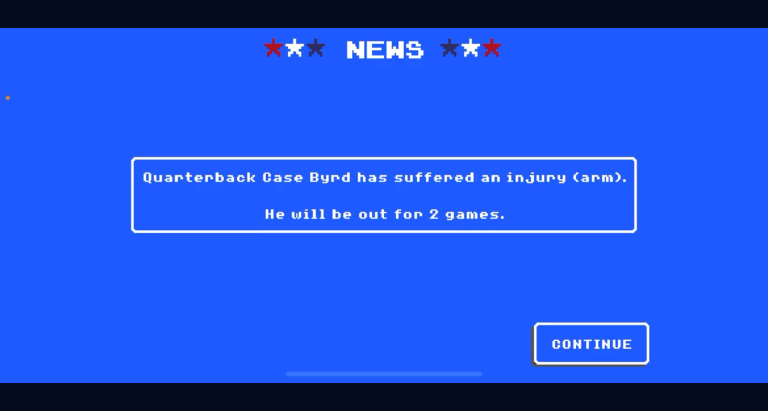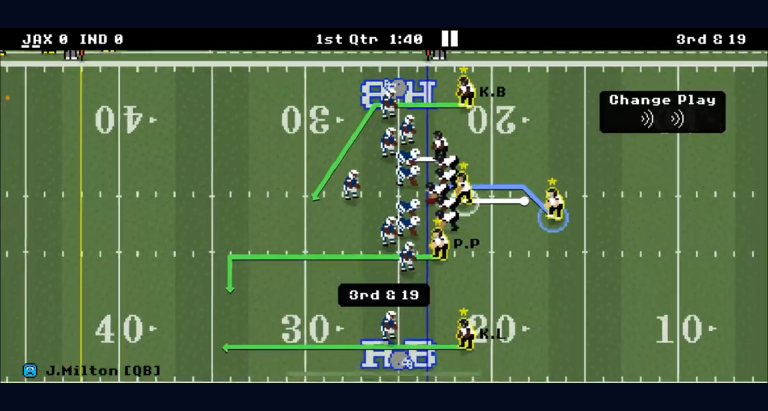In the fast-paced world of Retro Bowl, understanding the mechanics of the game is crucial for players who want to excel, particularly when it comes to throwing techniques. Throwing a bullet pass, in particular, can be a game-changer during crucial moments on the field. This article is designed to educate players on how to throw a bullet in Retro Bowl effectively, providing practical tips and strategies to enhance your gameplay.
Understanding Pass Types in Retro Bowl
Overview of Passing Mechanics
In Retro Bowl, there are different types of passes that each serve distinct purposes. The three main pass types include:
- Bullet Pass: A fast and direct throw suited for short distances and high-pressure situations.
- Lob Pass: A higher arc throw used for longer distances where the receiver is likely to be open.
- Touch Pass: A softer throw that indicates a more gentle approach, often used to give the receiver time to react.

Knowing when to use each type of pass is key for strategic advantages.
What is a Bullet Pass?
A bullet pass is defined as a fast, straight throw that travels quickly to the receiver, minimizing the chance for defenders to intercept it. This type of pass is especially advantageous in situations where timing is critical, such as when the quarterback needs to release the ball quickly to a receiver within short distances or during high-pressure scenarios with defenders closing in.
How to Execute a Bullet Pass
Step-by-Step Guide

To effectively throw a bullet pass, it’s essential to follow specific steps that maximize your chances of success.
Preparing to Pass
Before throwing the ball, it’s crucial to position your player correctly. Being in a stable stance and carefully scanning the field for open receivers can make a significant difference in executing a bullet pass effectively. Look for open lanes and be aware of defenders that may alter your throwing line.
Finger Placement
Optimal finger positioning on the screen plays a vital role in throwing the ball. Using one finger for a quick throw can help maintain control. For bullet throws, apply the correct amount of pressure to ensure the ball travels at the desired speed without overshooting its target.
Timing Your Throw
Effective timing can be the difference between a successful pass and a turnover. Avoiding defenders is paramount; recognize the receiver’s lead and adjust your throw timing to align with their route—essentially throwing the ball to where they will be.
Executing the Throw
To execute a bullet pass, adopt a quick flicking motion when throwing, ensuring to keep the angle of your throw straight. The faster and more direct the motion, the more effective your bullet pass will be.
Practice Makes Perfect
Practice is crucial for mastering the bullet throw. Utilizing practice mode within Retro Bowl allows players to familiarize themselves with different throwing scenarios. Repeating specific scenarios can help build the muscle memory necessary for consistent performance.
Strategies for Successful Bullet Passes
Reading the Defense
Understanding defensive formations is critical for executing bullet passes effectively. Identifying whether the defense is in man or zone coverage allows you to strategize accordingly. Adjust your throw based on their positioning; for example, a bullet pass might work better against zone coverage where defenders are spaced out.
Receiver Awareness
Knowing the unique strengths of your receivers can enhance your passing game significantly. Consider factors such as their speed, catching ability, and route-running skills when deciding to throw a bullet pass. Timing your throws with the receiver’s routes will lead to more successful completions.
Common Mistakes to Avoid
Mistakes That Lead to Turnovers
There are common pitfalls to avoid that can result in turnovers when throwing a bullet pass. These include over-throwing or under-throwing the receiver, or attempting a bullet pass when conditions aren’t favorable (e.g., too many defenders in proximity).
Fixing Your Errors
Analyzing missed opportunities and focusing on areas for improvement can help refine your throwing technique. Pay attention to your decision-making and timing, as identifying where you can adjust is crucial for growth.
Conclusion
Mastering the bullet pass in Retro Bowl is a fundamental skill that can greatly impact your performance on the field. It requires practice, timing, and strategic awareness. The more you practice, the more instinctive these techniques will become, leading to improved gameplay and success.
Additional Resources
For further learning, consider exploring Retro Bowl forums and community discussions where you can exchange tips with other players. Game guides and tutorials can also provide valuable insights and strategies.
Frequently Asked Questions
Can you throw a bullet pass in any situation?
While bullet passes are highly effective in many scenarios, they are best utilized during short distances and when defenders are nearby, requiring a quick release.
What happens if you throw too hard?
If you throw a bullet pass with excessive force, there’s a risk of misjudging your receiver’s positioning, potentially leading to an incomplete pass or interception.
How can I improve my overall passing skill in Retro Bowl?
Improvement comes with practice. Use practice mode to work on your timing and technique, be mindful of your throws’ angles and speeds, and learn to read defenses effectively.

Summary Table
| Passing Type | Best Used When | Key Features |
|---|---|---|
| Bullet Pass | Short distances, high stakes | Fast, straight throw |
| Lob Pass | Long distances with space | Higher arc for better coverage |
| Touch Pass | Precise, short-range throws | Gentle and controlled |


